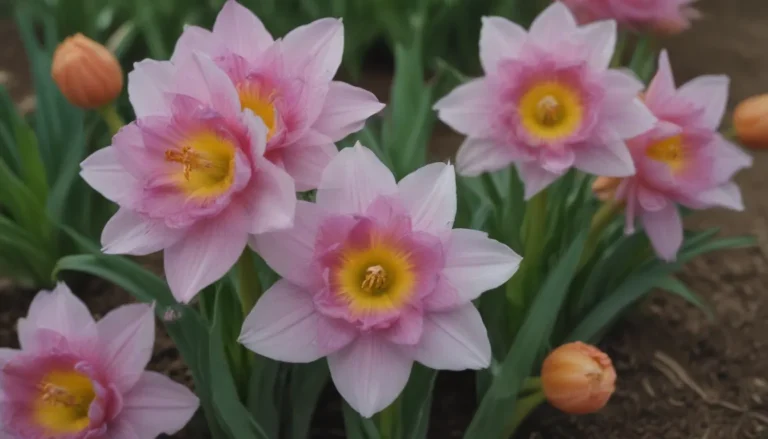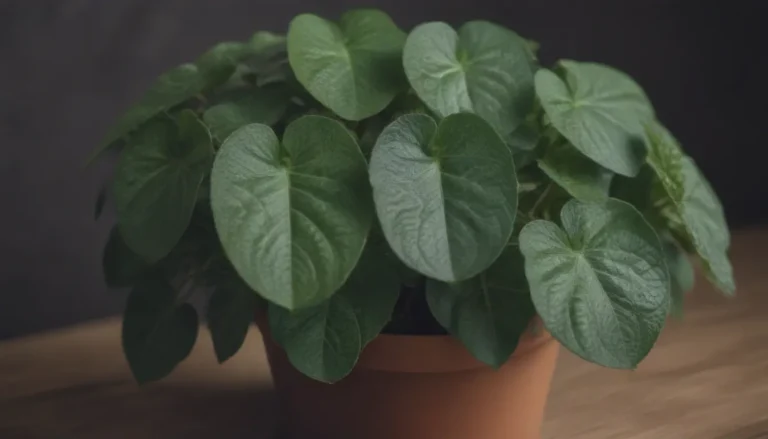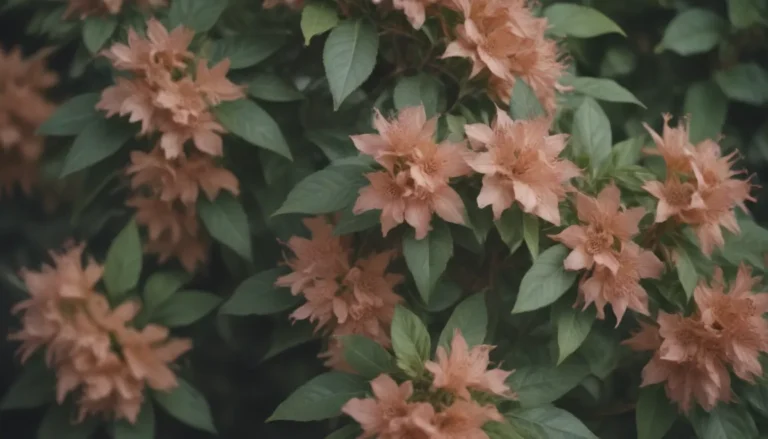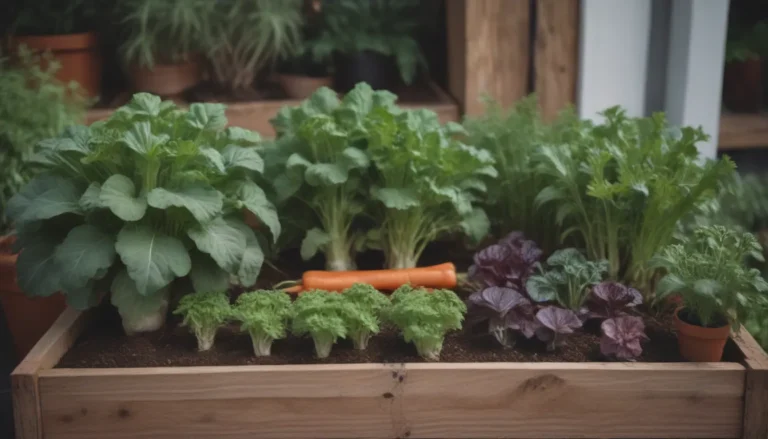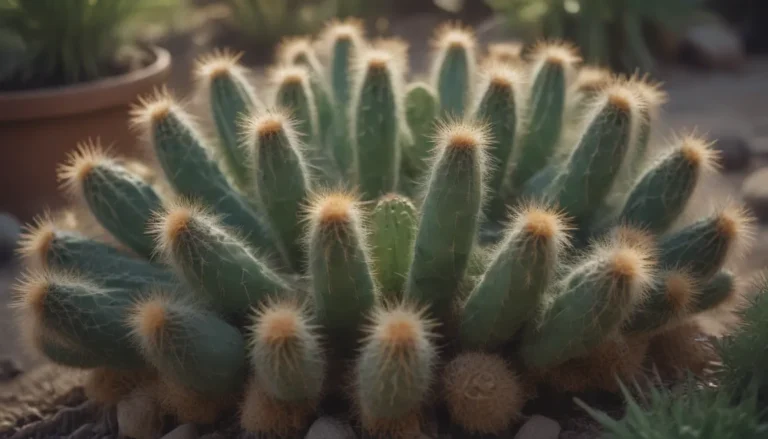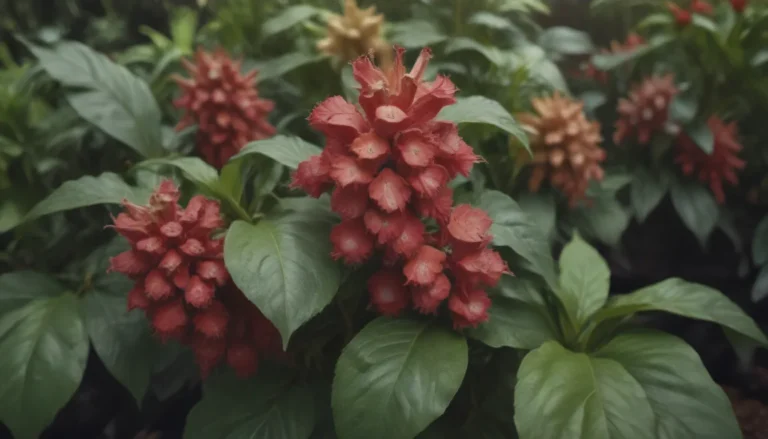How to Prevent Orchid Flowers from Falling Off: A Comprehensive Guide
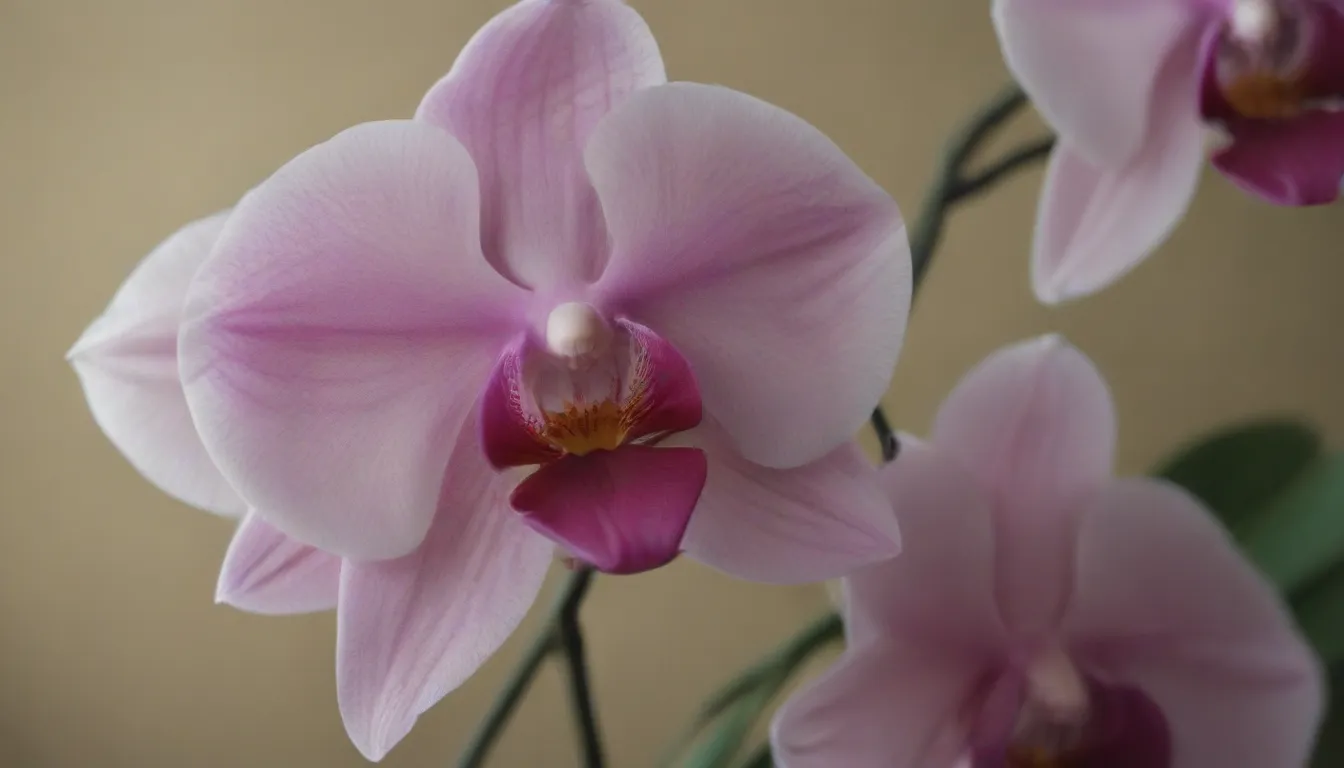
Orchids are known for their enchanting flowers, but keeping them looking their best can be a challenge. If you’ve ever experienced the disappointment of your orchid flowers falling off prematurely, you’re not alone. There are several reasons why this might happen, but with some extra care and attention, you can keep your orchid blooming beautifully for weeks on end. In this article, we’ll explore seven common reasons why orchid flowers fall off, and provide tips and tricks to help you keep your orchid thriving.
1. Temperature Fluctuations
Orchids have specific temperature requirements depending on their variety. Fluctuations between daytime and nighttime temperatures can cause orchid flowers to drop off early. It’s essential to ensure that your orchid is placed in an area with stable temperatures that fall within the acceptable range for its species. Avoid placing your orchid near air vents, heaters, or drafty windows, as these can cause temperature fluctuations that may lead to flower loss.
2. Humidity Level
Orchids thrive in high humidity levels, typically ranging from 40 to 70 percent. If your orchid’s blooms are wilting or the buds are becoming soft before opening, it may be a sign that the humidity level is too high. On the other hand, if the blooms are drying out and falling off, the humidity level is too low. Investing in a humidity gauge can help you monitor the humidity levels around your orchid. You can also try placing a mister near your orchid, installing a humidifier, setting the orchid on a tray of moist pebbles, or adding pots of ferns nearby to increase humidity.
3. Watering Schedule
Proper watering is crucial for orchids, as both overwatering and underwatering can cause flower loss. Overwatering can lead to root rot, which can ultimately result in the death of the plant. On the other hand, underwatering can cause the orchid’s roots to become dry and unable to provide the necessary nutrients for blooming. It’s essential to inspect your orchid’s roots regularly and adjust your watering schedule accordingly. After blooming, some orchids may enter a rest period where watering should be reduced.
4. Incorrect Light
Orchids require plenty of light to produce energy for blooming. Providing bright, indirect, or filtered light is essential for orchids to thrive. Once the buds have opened, gradually increasing the light exposure can sometimes extend the bloom period. If you need to move your orchid to a new location, consider factors such as temperature and light conditions that may impact the flower’s health.
5. Insect Damage or Disease
Insects and diseases can wreak havoc on orchids, causing leaves to wilt and energy levels to be depleted. Regularly inspect your orchid for signs of pests or disease, and take immediate action to eliminate the problem. Isolate the infected plant, treat it accordingly, and allow time for recovery before reintroducing it to its original spot.
6. Over-Fertilizing
While orchids benefit from regular fertilization, too much fertilizer can be detrimental. Overfertilizing during the bloom phase can lead to an overabundance of salts, causing the flowers to wilt and drop prematurely. If you notice a buildup of fertilizer salts on your potting media or plant, thoroughly water the orchid several times to flush out the excess. Hold off on fertilizing until the bloom period is over, and then resume with a diluted orchid fertilizer.
7. Repotting at the Wrong Time
Repotting is essential for orchids to replenish their nutrient levels, but doing so during the bloom phase can stress the plant and lead to flower loss. Always wait until the orchid has finished blooming before repotting. Choose a light, airy potting material specifically designed for orchids, and ensure that the new pot provides enough space for the plant to grow comfortably.
In conclusion, orchids are stunning flowers that require specific care to keep them blooming beautifully. By addressing common issues such as temperature fluctuations, humidity levels, watering schedules, light exposure, insect damage, fertilization, and repotting, you can help your orchid thrive and prevent premature flower loss. Remember to monitor your orchid regularly, adjust your care routine as needed, and enjoy the beauty of your orchid’s blooms for weeks on end. Happy growing!
